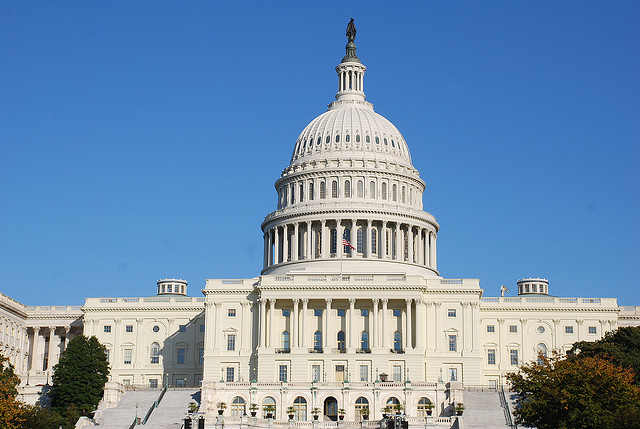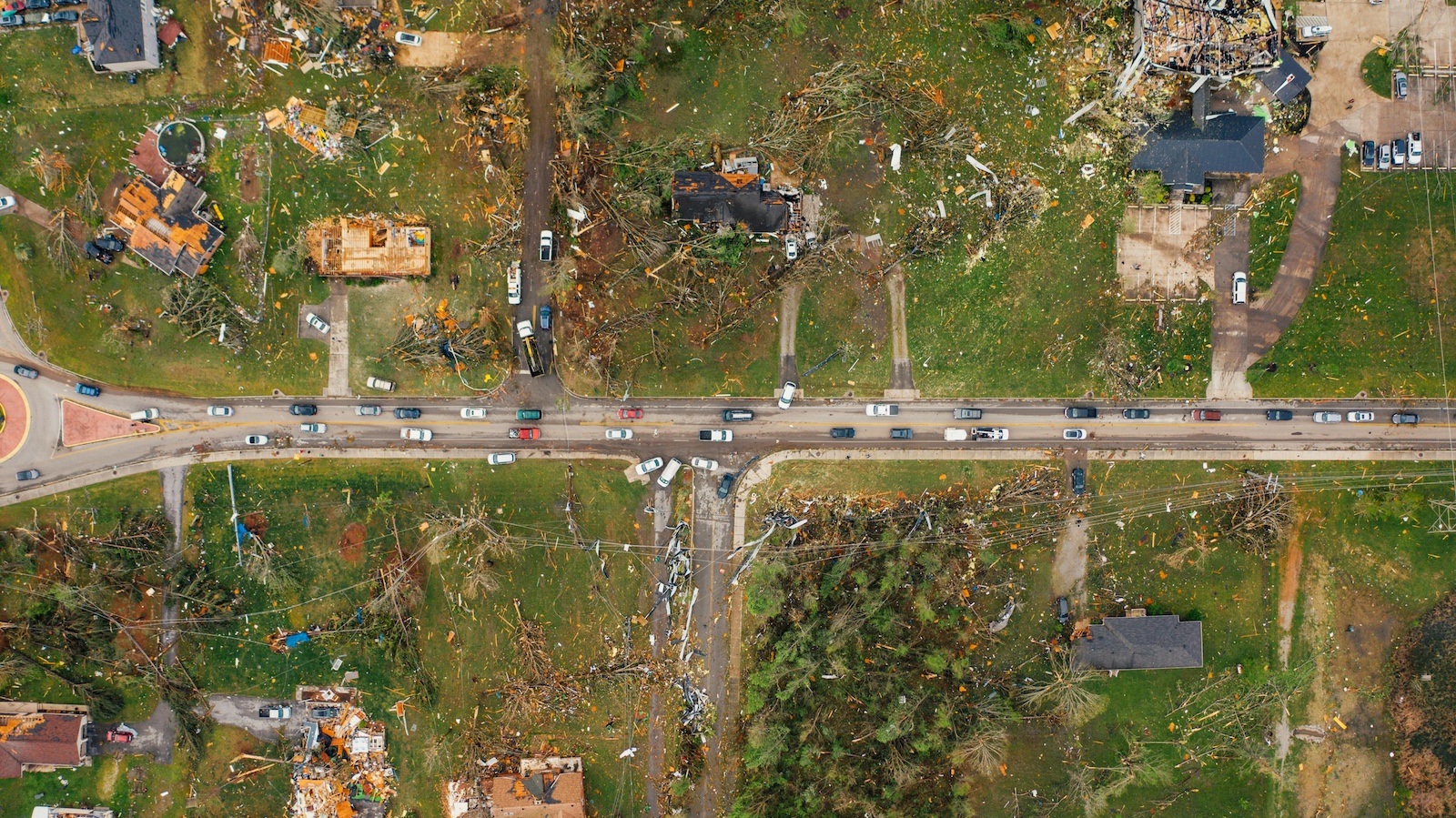With Congress not yet renewing TRIPRA, businesses should use risk models and contingency plans to gain access to alternative sources.
As companies that depend on the Terrorism Risk Insurance Program Reauthorization Act (TRIPRA) for terrorism coverage work to understand what its Dec. 31, 2014, expiration means to them, some are likely turning to the standalone terrorism insurance market for solutions. With capacity available but potentially limited for this market, risk differentiation can be important. Terrorism risk models and effective business continuity plans can play a key role in improving business resiliency and allowing access to alternative terrorism insurance markets.
TERRORISM RISK INSURANCE
Standalone terrorism contracts — either to cover all or part of an organization’s terrorism risk — may provide immediate coverage in the absence of the federal insurance backstop. Maximum achievable limits in the standalone market for terrorism risks are approximately $3.5 billion; available capacity is significantly lower for exposures in the central business districts of major cities such as New York, Chicago, Washington and San Francisco. Organizations may need to access alternative sources of terrorism insurance such as stopgap coverage on a standalone basis or to approach their existing insurers to ask for non-implementation of sunset provisions.
DIFFERENTIATING RISKS
Organizations that have terrorism exposures in major metropolitan cities will be competing for a diminishing supply of terrorism capacity and may need to better differentiate their terrorism risks for underwriters. Organizations should carefully set their limits amid scarce capacity and increased pricing. However, this can be complicated where contractual agreements define needed limits. For example, real estate companies and construction firms may find that their lenders require proof of terrorism insurance in loan convenants for commercial real estate borrowers.
QUANTIFYING TERRORISM RISKS
Terrorism risk modeling and other analytical tools can help organizations determine how much coverage to purchase in a marketplace where capacity is in short supply. Such models can help organizations understand the relationship between vulnerable sites and the potential likelihood of impact from terrorist acts — or other risks — on their operations and profitability. These models seek to quantify the potential economic losses from a terrorist attack, which can inform risk quantification, insurance program design and risk financing. In a potentially scarce terrorism insurance market, the financial quantification of terrorism-related risks through risk models can help companies to:
- Better understand their financial exposure.
- Determine appropriate insurance deductibles and limits.
- Optimize risk finance strategies.
- Rate the terrorism risk to negotiate insurance premiums.
- Understand the risk’s potential impact on capital.
- Prioritize risk-mitigation strategies.
- Build efficient business continuity plans.
- Understand the correlation and potential benefits of diversification among sites, locations and regions — a key component in addressing terrorism risk aggregation issues.
SHARPEN BUSINESS CONTINUITY PLANS
To improve their risk profile for underwriters and their own business resiliency, organizations should review and update their business continuity plans to ensure they are well-prepared in the event of a terrorist attack. Insurers often look for current and well-formulated business continuity plans as a foundation of good risk management.
Many companies have already developed business continuity, emergency response and crisis management plans that consider the effects of a terrorist attack. Such plans may suffer from outdated facility floor plans, contact information and technology. Staff awareness of roles, responsibilities and actions to be taken during an event also may be an issue. To ensure that business continuity plans help preserve and protect operations and people, organizations should assess their plans and validate them through training and exercises, with scenarios ranging from walk-throughs to tabletops to full-scale simulations. Such measures can help organizations think through their terrorism-related risks and get a better understanding of their exposures ahead of insurance negotiations or an actual event.
For more information, visit
Marsh's TRIPRA Update Center.







